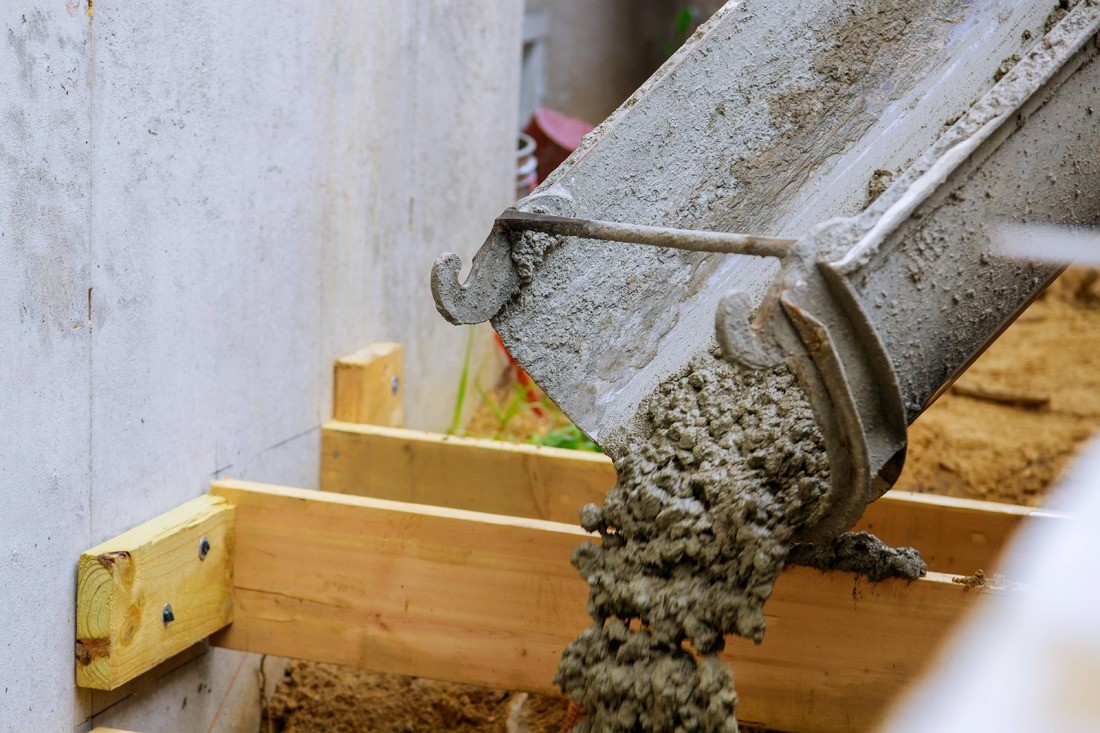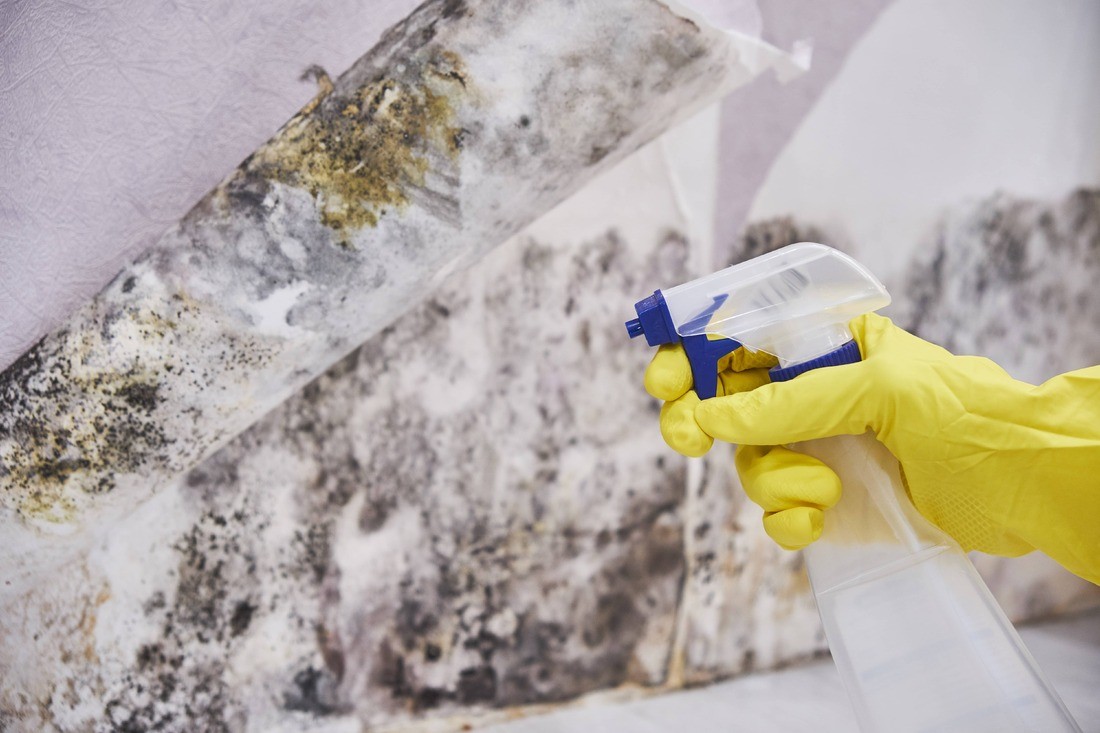
The Importance of Drying and Dehumidification in Basement Flooded Water Damage Restoration
When a basement floods due to water damage, it’s crucial to act quickly to prevent further damage and restore the space to its pre-flood condition. One essential step in the restoration process is proper drying and dehumidification. This article will comprehensively explore the various aspects of drying and dehumidification for basement flooded water damage restoration.
The Process of Drying and Dehumidification
Drying and dehumidification involve removing excess moisture from the basement and ensuring it is thoroughly dry to prevent mold growth, structural damage, and other issues. The process typically includes the following steps:
- Water Extraction: The first step is to remove standing water using pumps and specialized equipment. Water removal eliminates the immediate threat and prepares the space for drying.
- Mold Remediation: If mold growth is present, it must be addressed before the drying process begins. Professional mold remediation ensures the safety and health of the occupants.
- Drying Equipment Setup: Industrial-grade drying equipment, such as air movers and dehumidifiers, is strategically placed in the affected areas. These devices promote air circulation, evaporate moisture, and reduce humidity levels.
- Drying Time: The duration of the drying process depends on various factors, including the extent of the water damage, the materials affected, and the ambient conditions. Professionals monitor the drying progress using moisture meters and adjust the equipment as needed.
- Monitoring and Documentation: Throughout the drying process, regular monitoring and documentation of moisture levels are essential. This helps ensure the effectiveness of the drying efforts and provides valuable records for insurance claims and future reference.

Benefits of Proper Drying and Dehumidification
Proper drying and dehumidification offer numerous benefits for basement flooded water damage restoration. Some of the key advantages include:
- Prevention of Mold and Mildew: By removing excess moisture, drying and dehumidification inhibit mold and mildew growth. Mold can cause health issues and further damage to the property if left unchecked.
- Preservation of Structural Integrity: Excessive moisture can weaken structural elements such as wood, drywall, and concrete. Thorough drying helps preserve the integrity of these materials and prevents potential structural issues.
- Elimination of Odors: Standing water and dampness can lead to unpleasant odors in the basement. Proper drying and dehumidification effectively eliminate these odors, making the space more comfortable and habitable.
- Prevention of Secondary Damage: If not addressed promptly, water damage can lead to secondary issues such as electrical hazards, corrosion, and the spread of contaminants. Drying and dehumidification mitigate these risks and minimize the potential for further damage.
Tips for Effective Drying and Dehumidification
To ensure effective drying and dehumidification during basement flooded water damage restoration, consider the following tips:
- Engage Professional Services: Hiring a professional restoration company, such as Houston Restoration Group, ensures that the drying and dehumidification process is conducted correctly and efficiently. Professionals have the expertise, experience, and equipment necessary for optimal results.
- Address the Source of the Water: Before starting the drying process, identify and address the source of the water damage. This may involve fixing plumbing issues, repairing foundation cracks, or improving drainage around the property.
- Remove Damaged Materials: Dispose of any irreparable or heavily damaged materials to prevent mold growth and further contamination. This may include carpets, drywall, insulation, and furniture.
- Enhance Ventilation: Promote airflow by opening windows, using fans, and running air conditioning or dehumidifiers in other areas of the home. This helps remove excess moisture from the environment.
- Follow Safety Precautions: Use protective gear, such as gloves and masks, when handling water-damaged materials. Additionally, ensure proper electrical safety by avoiding exposed wires and using grounded outlets for drying equipment.
By following these tips and entrusting the restoration process to a professional team, homeowners can effectively address basement flooded water damage and restore their basement to its pre-flood condition.

FAQ
What is the importance of drying and dehumidification in basement flooded water damage restoration?
Why should I hire a professional restoration company for drying and dehumidification?
For professional basement flooded water damage restoration services in Houston, contact Houston Restoration Group at 281-519-7318. Visit https://houstonrestorationgroup.com/ for more information.
